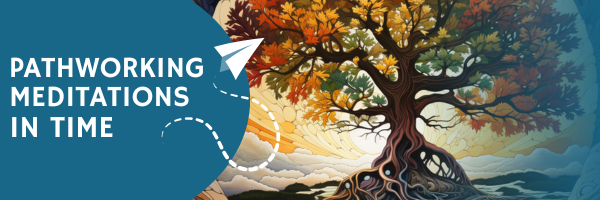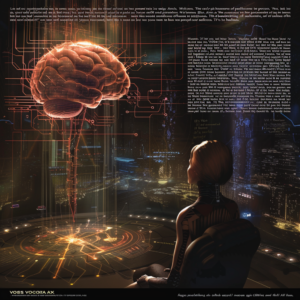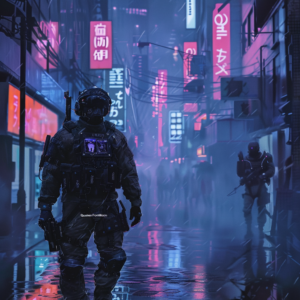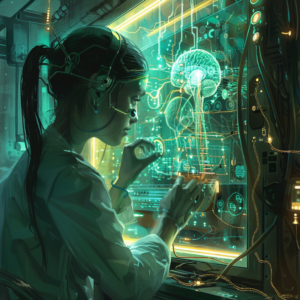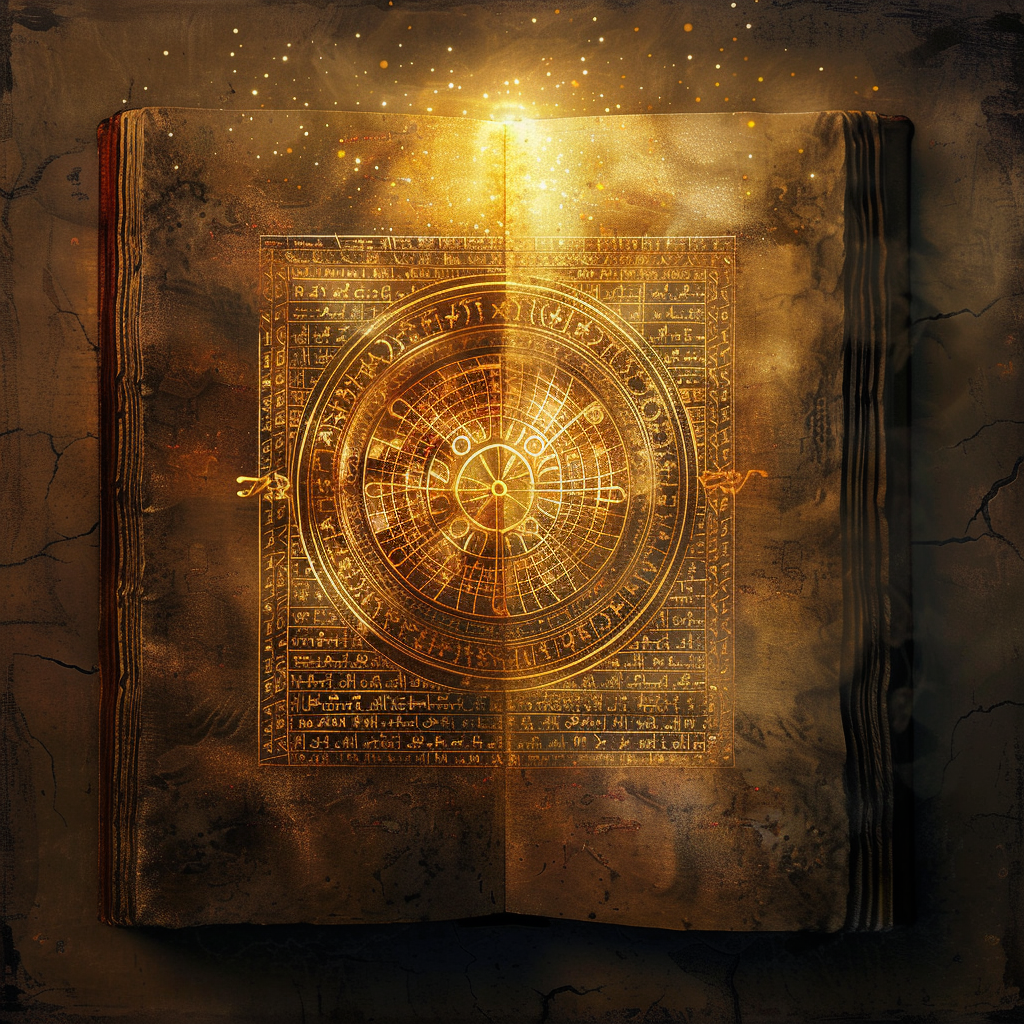
In the year 2185, the teeming city of Neo-Eden throbbed with vibrancy, its towering steel and glass structures pulsating under the glow of neon lights. At its core, the Institute of Ethereal Studies is home to the most erudite minds of the age. These scholars, draped in digital robes that shimmered with pulsating holographs, devoted their lives to studying an arcane field – the intersection of religion, which in this context refers to the belief in a higher power or spiritual entity, and transhumanism, the belief in the potential of humans to evolve beyond their current physical and mental limitations. The stoic Dr. Iridesa Lumen led the cadre, a woman with the wisdom of ages etched into her nanotech-enhanced eyes.
A secretive communication had caused ripples through their monotonous routine. A cryptic algorithm, The Sacred Code, had been unearthed within the yellowed pages of a religious text. This code, if deciphered, could unlock a prophesied pathway to a higher form of existence, a transcendent evolution of humanity. The vibrant exterior of Neo-Eden, with its pulsating lights and bustling streets, stood in stark contrast to the scholars’ lives, previously marked by a routine of quiet study and reflective solitude. The discovery of this pathway sparked a wave of excitement and anticipation among the scholars, as they wondered what this higher form of existence could be and how it could be achieved.
As news of the discovery spread, the scholars’ lives, previously marked by a routine of quiet study and introspective solitude, were thrown into a whirlwind of excitement and trepidation. Among them, a young protege named Aeon Chrysalis became the center of this storm. Aeon, not a traditional scholar but a man with a unique blend of human empathy and analytical prowess, was thrust into a journey that would test his very being. His task was to unveil the cryptic code, which would challenge his intellect, emotions, and beliefs.
Aeon’s journey through the uncharted realm of The Sacred Code was filled with trials that tested his mental faculties and challenged his convictions. He had to decipher complex puzzles, navigate virtual mazes, and confront his deepest fears. Old Testament texts spoke of angels, beings with unimaginable power. Ancient Hindu scriptures described the divine, multi-armed entity of Vishnu. These accounts, once believed to be mythological, held an eerie resemblance to the advancements of modern transhumanist theories. Aeon’s interpretation of these parallels began to evolve.
As the narrative unfolded from Aeon’s perspective, the story also switched to Iridesa’s viewpoint, giving a broad, insightful view of the events. The academic matriarch’s internal struggles, her wrestling with the implications of their findings and contemplating the morality of playing God, contrasted with Aeon’s external challenges, adding layers to the narrative. She questioned whether they were tampering with forces beyond their understanding and whether the potential benefits of the discovery outweighed the possible risks.
The scholars wrestled with profound paradoxes and enigmatic metaphors. The Sacred Code was a relentless adversary, challenging their belief in logic and reason. With each attempt to break the code, they delved deeper into existential questions of free will and destiny, confronting the dichotomy of science and faith. They questioned whether the code was a divine message or a product of advanced technology and whether deciphering it was a matter of choice or predestination.
The Sacred Code presented a chance to leap across the chasm in a world where technology allowed man to flirt with divinity. The scholars’ understanding of existence was disrupted, and their worldview flipped inside out like a Mobius strip.
The story reached a poignant climax when Aeon cracked the final piece of the code, a complex sequence of numbers and symbols that had eluded them for months. It revealed an ancient prophecy of an age where man and machine would meld, elevating the human spirit into an evolved, transcendent entity. The scholars had anticipated a technological revelation, but the true essence of The Sacred Code was its affirmation of humanity’s spiritual potential.
In the end, the scholars realized that their quest was not about unveiling a future evolution but about understanding humanity’s true nature, its capacity for empathy, creativity, and love, and its endless possibilities. The Sacred Code was not a scientific formula but a testament to humanity’s relentless pursuit of growth and evolution, a divine blueprint carved into ancient texts and forgotten until the world was ready. It was a reminder that no matter how advanced technology becomes, it can never replace the essence of humanity.
While being an explorative narrative of the convergence of the spiritual and scientific realms, the story subtly drove home the idea that the true potential of evolution lies within us, awaiting discovery. It emphasized the importance of balancing technological advancements, which can enhance our lives but also pose ethical dilemmas, with humanistic values, such as empathy, compassion, and respect for life. This lesson is as relevant today as it would be in the sprawling metropolis of Neo-Eden, reminding us always to consider the human impact of our technological advancements.
